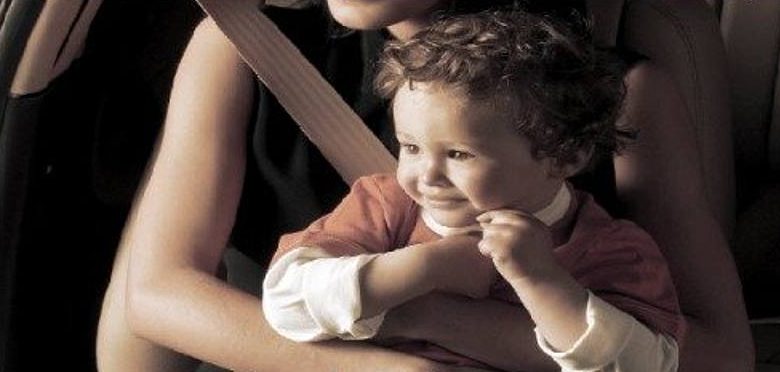
Epiphysiolysis: 'Train paediatricians to avoid late diagnoses'
Epiphysiolysis: the pathology whereby the femoral head tends to slide along the neck due to mal-positioning, generating a deformity that over time leads to degenerative changes in the hip, will be the main topic at the XXIII Congress of the Italian Society of Paediatric Orthopaedics and Traumatology
“Spreading the diagnostic criteria and involving paediatric colleagues: this is the only way to avoid late diagnoses of epiphyseolysis in adolescents, to perform early mini-invasive surgery and to significantly improve the prognosis of the disease”.
This is the message that Cosimo Gigante, director of the Paediatric Orthopaedics Unit at the Padua Hospital and president of the Italian Society of Paediatric Orthopaedics and Traumatology (Sitop), gives to present the work of the XXIII Congress that Sitop will promote on 30th September and 1st October in Naples and live streaming.
The two-day autumn event will in fact deal with two main topics: ‘Hip epiphysiolysis: pitfalls and options. The state of the art’ and ‘Innovations in Paediatric Orthopaedics: scoliosis, congenital clubfoot, bone tumours, 3D printing technologies’.
“Epiphysiolysis,’ Gigante explains, ‘is a pathology in which the femoral head tends to slide along the neck, generating a deformity that over time will lead to degenerative changes in the hip that may result in joint prostheses even at a relatively young age.
It is a rare pathology, even though it is the most frequent cause of coxalgia in adolescents,” the Sitop president points out, “and it has a subtle and insidious onset.
It is also characterised by a certain mimicry, so much so that the pain is often referred to the knee rather than the hip.
For this reason, one can be misled into neglecting the clinical assessment of the hip.
The pathology thus progresses and the diagnosis arrives at a time when we can carry out rescue surgery, which is quite complex and invasive, but does not always protect against the aforementioned complications.
It is therefore important to disseminate the diagnostic criteria and share them with our paediatrician friends and colleagues, who are the first port of call for families.
For this reason, the president of the Sitop Congress, Pasquale Guida, was right to ask for the patronage of the Italian Society of Paediatrics (Sip) and the Italian Society of Preventive and Social Paediatrics (Sipps), and to invite all paediatrician colleagues so that this event could be open to them, free of charge,” Gigante stressed.
The Sitop Congress is characterised every year by a monographic focus but this year, as the president anticipates, a different choice has been made thanks to the technology and the ability to experiment acquired in the pandemic: “The National Congress is a fundamental moment to discuss new knowledge – adds Gigante – and it is the main moment of training and updating activity of our Scientific Society.
“This year, as already mentioned, the main topic of the congress is hip epiphyseolysis in adolescents, but there will be other important side topics that will enrich the cultural offer”
“Traditionally, our national congresses have dealt with two topics, one of orthopaedic pathology and one of traumatology, i.e. the treatment of fractures in children.
“The limitation of this monothematic approach is obvious – underlines Sitop’s president – as it allows a very limited number of topics to be addressed over the years, thus not guaranteeing adequate updating.
These timeframes are no longer up to date, not only in relation to the speed with which our knowledge is evolving, but also because of the accessibility facilitated by the Internet and multimedia.
These tools have facilitated the dissemination of knowledge and the potential for long-distance interaction between specialists from all over the world, enabling us to grow together at a faster pace.
This is one of the reasons why the President of the next Congress, Pasquale Guida, has added other topics to the main topic, such as congenital clubfoot, oncological pathology, scoliosis, and the clinical applications of the advent of three-dimensional printers and new biotechnologies.
There will also be a focus on the hot topic of Professional Responsibility.
This year’s proposal – assures Gigante – so rich and diversified” will allow participants to acquire 10 training credits. So many good reasons not to miss this important event.


